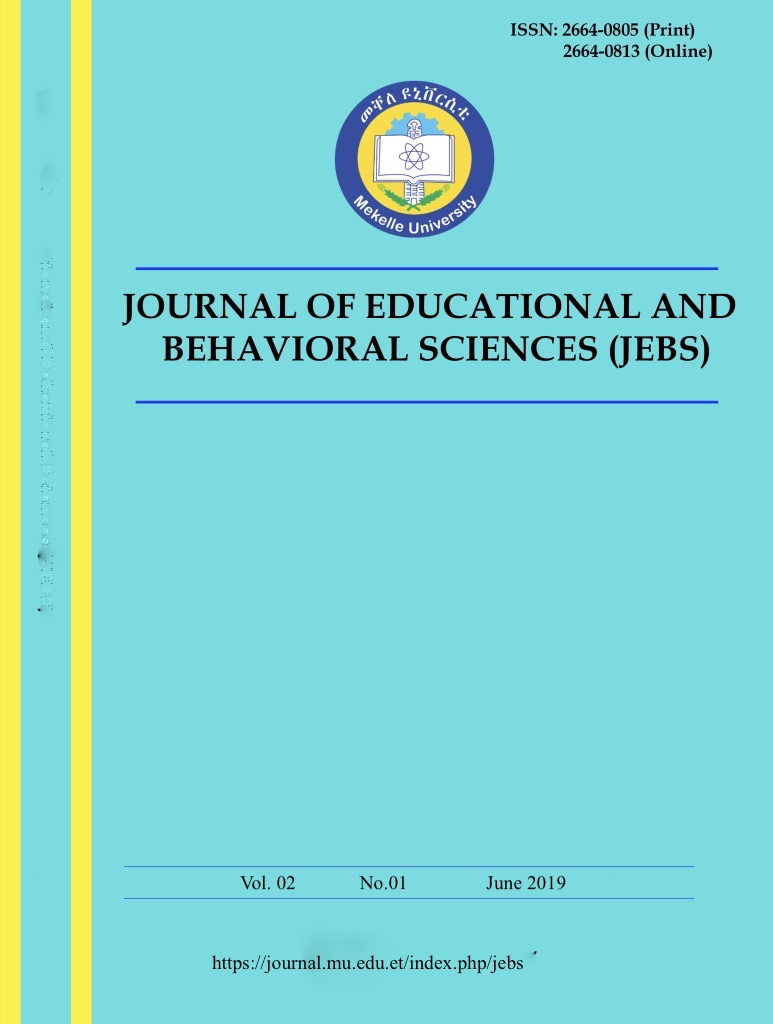Critical Discourse Analysis of Gender Conceptions in Preparatory Tigrigna Language Textbooks
Keywords:
Critical discourse, Gender, Femininity, Masculinity, Stereotype, Textbooks, TigrignaAbstract
This paper aims to explore conceptions of gender in the language use of reading texts in preparatory school Tigrigna textbooks prepared in 2016. With its focus on textual interpretation, thus, this study is qualitative in its approach. This approach enables the researchers to explore the texts used in the textbooks in terms of characters’ action, position, relation, traits, views, voices and gender roles from critical discourse perspective. Critical discourse, as a perspective, focuses on exploring language uses to see the implicit and explicit gender structures of dominations, practices of discrimination and power (ab)use. Additionally, critical discourse analysis examines extra-linguistic elements such as the gender of the authors that go into the meaning construction of the texts. Based on the analysis and interpretation of the texts, the majority of the reading texts present repressive conceptions of gender. The exceptions from these constrictive notions embedded in the texts are two instances of destabilized gender roles and one instance of androgyny in grade 12 Tigrigna textbook. As such, the texts, inadvertently, position feminine and masculine traits in a tendentious way that comply with the patriarchal mindset and subsequent gender-based violence. To mitigate this psychosocial predicament, the study recommends that the students’ textbooks be improved to represent human potentialities by transcending the traditional dichotomy of femininity and masculinity. To this end, the inclusion of balanced gender views and female and male writers may help to reduce the problems in gender stereotypes in the textbooks.


